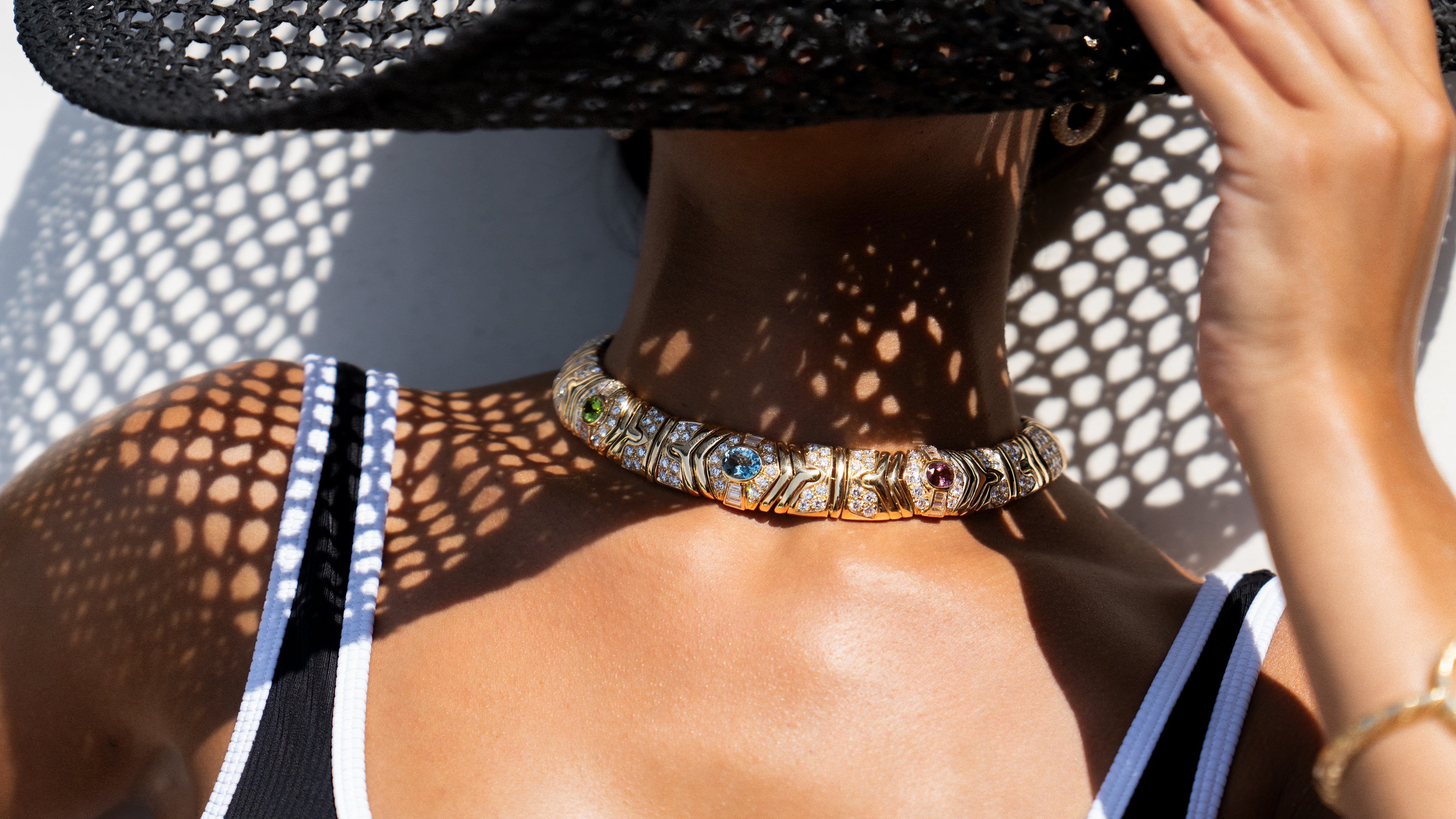Maison Vever
A prestigious jeweler with a history that spanned an astonishing 161 years, Maison Vever is best remembered for its works created during the Art Nouveau period.
Pierre
Founder Pierre Vever, the patriarch of the Maison, opened his jewelry shop in Metz, France, in 1821. Business was good, and Vever counted among his clientele some of the best families in the region. Word spread to the Luxembourg and Rhine provinces as well, and soon the jeweler’s reputation was sealed. Vever’s prestige also attracted many talented workers, who apprenticed there and went on to become master craftsmen.
A New Generation
In 1848, Pierre’s son, Ernest, took over the business, having established his own reputation as a talented jeweler. The Franco-Prussian War put an end to the store in Metz, and the family fled to Paris, and in 1871, opened up shop at Rue de la Paix. There they quickly settled in, producing beautiful jewels, mainly in the ancient revival style. In 1874, Ernest apprenticed his sons, Paul and Henri, grooming them to take over the business. Paul’s focus was on building the business. It quickly became apparent that Henri had a particular talent for design, and he furthered his education at L’Ecole de Arts Décoratifs and Ecole Nationale de Beaux-Arts, where he studied drawing, modeling and ornamental design.
By the time Ernest retired in 1889, his sons were already working to grow the firm. In 1889, they’d displayed their jewels at the International Exposition in Paris, winning a Grand Prize for gem-set jewelry. From 1891-1897, they were regular exhibitors at shows in other cities, including Moscow, Chicago, and Brussels. Their exhibit won another Grand Prize at the 1900 Paris International Exposition, this time for their Art Nouveau jewelry.
Prestigious clients included the Shah of Persia and Alexander III, as well as wealthy American industrialists of the Gilded Age. Henri designed chandelier earrings for Empress Eugenie.
The turn of the century brought more changes for Maison Vever, with their move into a specially built location at No. 14 Rue de Paix. The move allowed them to create and sell their jewels from the same building.
Part of Vever’s success can be attributed to the impressive craftsmen on staff, particularly during the Art Nouveau period. Noted designer Eugéne Grasset has been described as possessing imaginative and dreamy qualities. Other artisans included enamellist Etienne Tourrette, designer Henri Vollet, modeler, and chaser Lucien Gautrait and sculptor René Rozet.
Paul Vever passed away in 1915, and in 1921, Henri turned over the company to Paul’s sons, André and Pierre. Henri then focused on his impressive collection of art and on authoring several books. He died in 1942, leaving behind an impressive body of work.
The company continued to thrive for another 40 years, finally closing its doors in 1982.
Henri Vever
Henri is credited with the profusion of Art Nouveau jewels that emerged from Maison Vever. Henri was a craftsman who was proficient in the art of enameling, employing ivory, horn, and opals in his designs. An avid devotee of the Art Nouveau movement, he was nonetheless conventional in his approach and conscious of the wearability of his creations. He would leave the more extravagant designs to René Lalique, who began his career with the firm before going out on his own.
As well as putting his talents to jewelry creation, Henri was also a prolific collector, not only of jewelry but Impressionist works, Japanese prints from the Edo period, rare books, and Persian and Moghul miniatures. Much of his collection has found its way into major museums in France, Japan, and the United States.
Henri as an Author
Excruciatingly researched and written, La Bijouterie Française au XIXe Siécle (French Jewelry of the Nineteenth Century) was a three-volume set authored by Henri Vever that remains a treasured reference on the history of jewelry from the Empire to the Art Nouveau. His account of the period is invaluable, as it includes not only the history but also Henri’s personal anecdotes that help bring to life the events and people who shaped the era.
Henri also authored many works under the pseudonym Maud Ernstyl.
Art Nouveau Creations
Featuring curved lines, nature-inspired motifs, and enamel, Vever used colored gems and diamonds, but generally preferred smaller precious stones, keeping the focus on the design. Themes were most notably women, flora, fauna, and mythical creatures. The metal of choice was gold.
Sylvia (1900)
One of the most memorable pieces of the period was “Sylvia,” a winged female figure, a pair of teardrop rubies upon her chest, with antennae of carved agate, a gold dress, and breathtaking enamel wings decorated with sparkling diamonds. “Sylvia” was exhibited at the 1900 Universal Exposition in Paris, and now resides in the Musée des Arts Décoratifs in Paris.
Perfume Pendant (1900)
The figure of a woman holds a flower to her face. Drops of bezel-set opals dangle from swirls of chased gold, with a single teardrop-shaped pearl suspended beneath the pendant.
Bees Belt Buckle (1907)
Bumblebees top the buckle, crafted of chased gold, with pink enamel flowers dotted in sparkling diamond centers.
